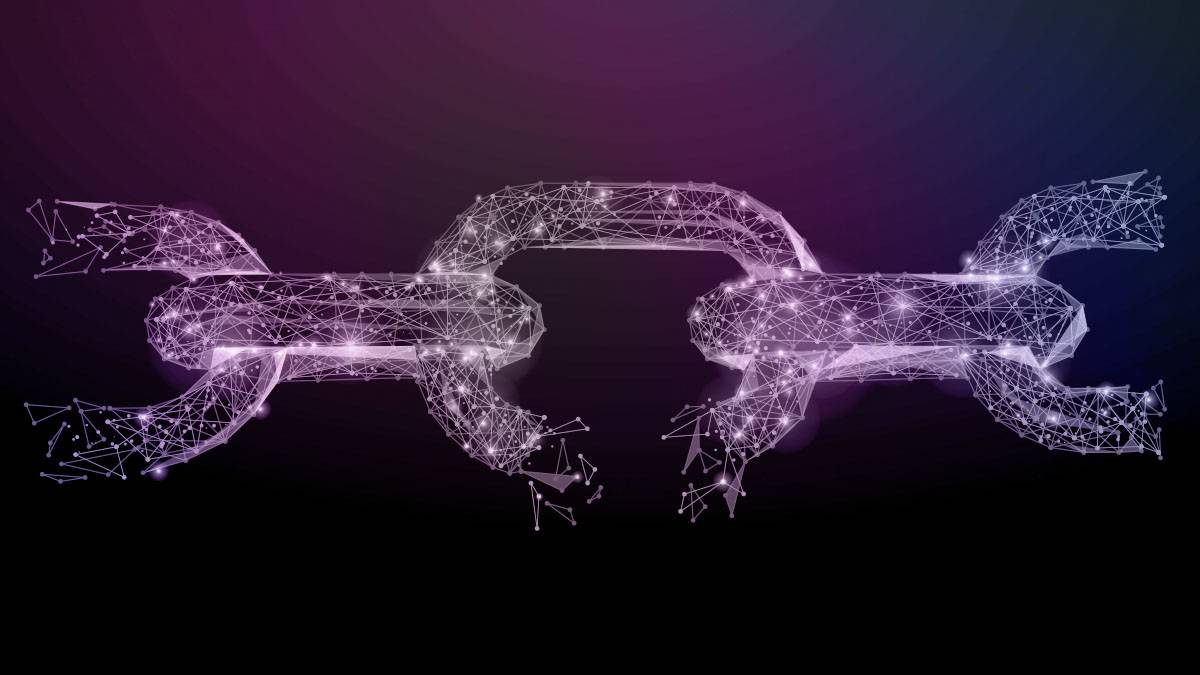Fleet Size
Need
Vessel Type
Migration
About Us
Maritime Cyber Security in 2021: All You Need to Know
Managing Cyber Risk and Understanding Best Practices in Maritime Protection
As we step into the new year, the maritime industry is growing at an unprecedented scale, representing a significant portion of the global economy. Finding the appropriate best practices to establish economies of scale and pursue efficient business models is ever more pressing. In the physical landscape, this may have led to larger and larger vessels floating on our oceans. More interestingly, in the digital landscape, we have observed a transition into optimal information technology usage and better integrations for digital solutions.
What does this mean for the age of innovation on all fronts? As every solution comes with a cost, the cost of digital solutions is the need to establish proper cyber-security integrations. Digital means data, real-time information, commercial and production-related systems; this type of data may be highly vulnerable to cyber threats. With this blog, explore how aware you are of the current needs of running a cyber business in the maritime industry and how you may integrate better maritime industrial controls for cyber protection.
The Current Situation in Maritime Cyber Risk
Data from the International Maritime Organization positions maritime cyber risk as a significant threat to a company's technological assets, creating potential handicaps in naval operations, safety, and security-related functions and preserving informational integrity. Any data that may be lost, corrupted, or compromised may impose severe privacy violations and reduce operational efficiency.
As we step into an era where information security and preserving data are ever more important, the Internet of Things, commonly known as IoT, has been proven somewhat insufficient in providing complex software companies with robust cybersecurity solutions. Even in world-renowned companies such as Twitter and Intel, cases of information leakage shocked the world. This has been a critical issue for the maritime industry as well. For instance, here are the four largest shipping companies all hit by cyber attacks in recent years:
APM-Maersk suffered Ransomware Attack in 2017
COSCO targeted by a ransomware attack in 2018
Mediterranean Shipping Company hit by malware in 2020
CMA CGM hit by a ransomware attack in 2020
Combating such cybersecurity issues requires comprehensive solutions that will identify, analyze, assess, and communicate potential cyber risks and avoid or mitigate the risk while monitoring such actions' costs and benefits.
Why is CyberSecurity So Important?
To ensure the safety of vessels, crew, cargo, and the ports, installing cybersecurity best practices is necessary. Maritime cybersecurity involves IT systems, hardware, and sensors on board the ship and all data concerning maritime operations. A breach could include infringement of data protection, unauthorized access to the systems, and manipulating operations. These informational integrities can also be compromised due to data transfer issues, hardware challenges, and loss or manipulation of sensor data.
Over 90% of the world trade occurs via the maritime industry, making it a luring target for cyber attacks. That is why the European Union tasked the Network and Informations Systems Directive with assisting the sector against cyber threats and developing a robust infrastructure.
Some challenges come with this task, especially concerning the operational technologies onboard ships, whose connection to the Internet creates additional cyber attacks. How is the maritime industry uniquely positioned in this landscape:
Maritime Industry operates in real-time performance, making any alterations in time critically important.
The human-machine interactions should be monitored and not disrupted, keeping in mind the variety of protocols and operating systems with different security capabilities.
Ensuring safe practices and tolerating minor faults to reduce downtime is significant.
Reliability and constant availability are of the essence as these systems may have long lifecycles and require updates.
Cyber Security Solutions and Best Practices
New cybersecurity frameworks demonstrate the importance of solid operational resilience to cyber attacks through the following best practices:
Regularly identify threat environments for external and internal cyber risks in maritime operations.
Determine continuing vulnerabilities through creating comprehensive onboarding systems
Monitor risk exposure by analyzing the consequences of a potential exploitation
Put in place effective detection and protection measures to reduce all vulnerabilities and minimize risk exposure.
Develop contingency plans that will reduce the effect of a possible cyber attack
Prioritize operational continuity to respond and recover from cyber-attacks quickly.
Industry leaders favor fast and efficient precautions for and recoveries from cyber incidents so that maritime companies can protect their systems and operational environments at all times. For this, real-time cybersecurity measures and solutions may be of the essence. Did you know that solutions like Navatom provide robust maritime cybersecurity protections and services? To learn more about how Navatom ensures a low network footprint through working well with standard bandwidth communication systems establishes security checks for data protection, and maintains a cumulative backup system to recover data at all times. Check out Navatom's cyber-security and trust section for more information.